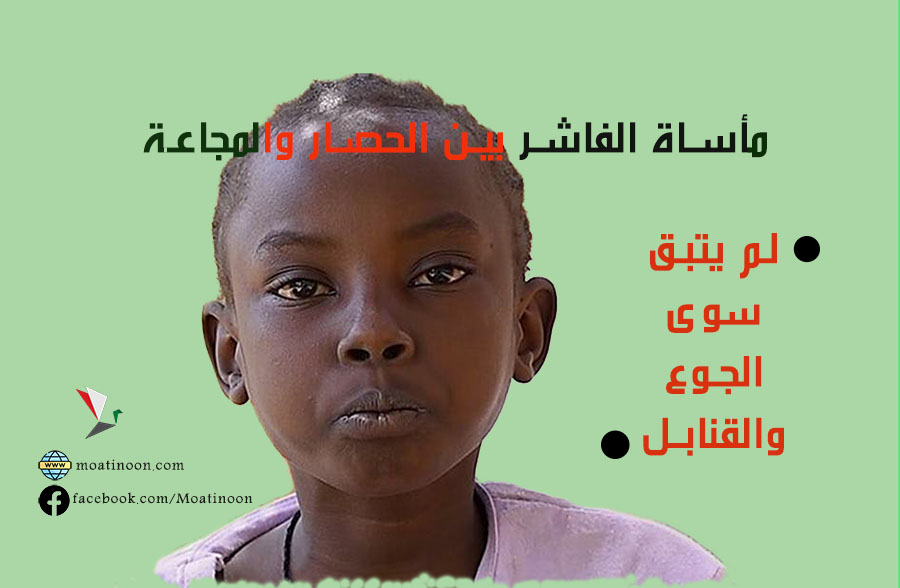
Cholera in Darfur: An Epidemic Walking on the Corpses of War
Youssef Abdallah
As if war werent enough, after twenty months of blood, bullets, and displacement, the cholera epidemic comes to complete the cycle of devastation in Darfur, as if distributing death in silence, without the roar of aircraft or the boom of artillery. The numbers alone reveal the tragedy: more than 6,457 cases since the outbreak began, including 264 lives lost to contaminated water before they could even seek medicine. In Tawila alone, the number of cases has exceeded 4,000, and Nyala, Kalma, Otash, and Dereig alternate among the death tolls. Meanwhile, Jebel Marra has its share: Qolo with 51 deaths, Jaldo with eight, Rokero with five, and Fina with only two. But these are enough to say that the fire has reached the dry grass.
Its a map drawn in tears, not in ink: Kalma camp with 34 deaths, Atash with 50, Derige with 4, Shaeria alone with 18, and Zalingei, Azum, Hasahisa, and Hamidiya adding new lines to a record where people can no longer find a spare space. Cholera doesnt require a permit; it infiltrates every place where there is contaminated water, a weak body, or a crowded tent.
But the story isnt just in the numbers, but in the meaning they carry. This disease is not a divine decree sent down from the heavens; it is a direct result of the war that has torn apart the health infrastructure, driven people from their villages to overcrowded camps without water or sanitation, and turned children into potential victims before they even learned to walk. Cholera is not just a medical epidemic; in Sudan today, it is a political and moral epidemic, because it exposes a state that has abandoned its citizens and exposes an authority preoccupied with wars of power rather than wars of survival.
Yet, amidst this darkness, there are bright spots invisible in the news: local volunteers knocking on tent doors carrying buckets of chlorine, women transforming buckets into mobile clinics, and emergency rooms staffed by doctors without pensions or salaries, fighting the disease bare-chested. But the question remains: Are these timid efforts enough in the face of an epidemic that is expanding every day like a fire in dry straw?
Darfur, which two decades ago was the scene of the first mass crime of this century, is today the poster child for a new tragedy. This time, however, without images of tanks and aircraft, it is instead of silent corpses lying in isolation beds. It is as if we are witnessing an endless epic of death: when the bullets fall silent, the filthy water speaks.
The world is called to watch, but Darfur learned long ago that the world sees and moves only with deadly slowness. Therefore, the real question is not only: When will aid come? Rather, when will the Sudanese themselves stop producing this environment of death, whether through war or neglect? Cholera today is not just a germ, but a revealing mirror, reflecting the state of a country that lost its political and moral immunity before it lost its health immunity.

